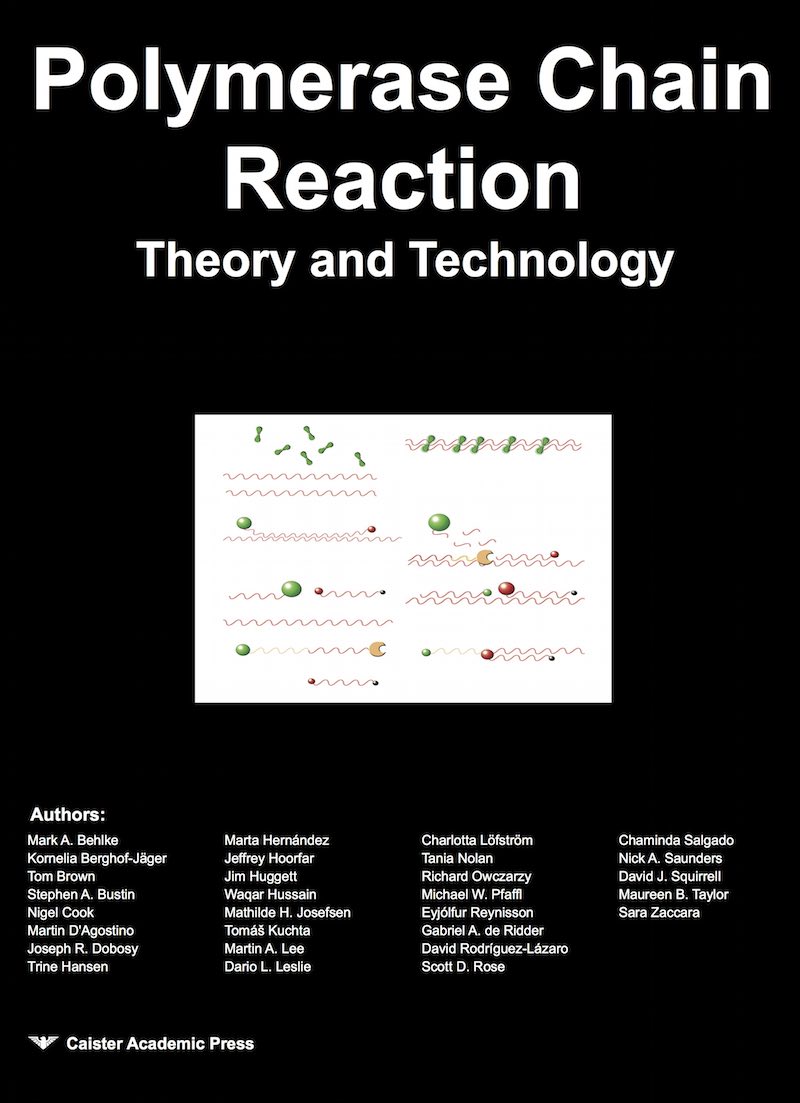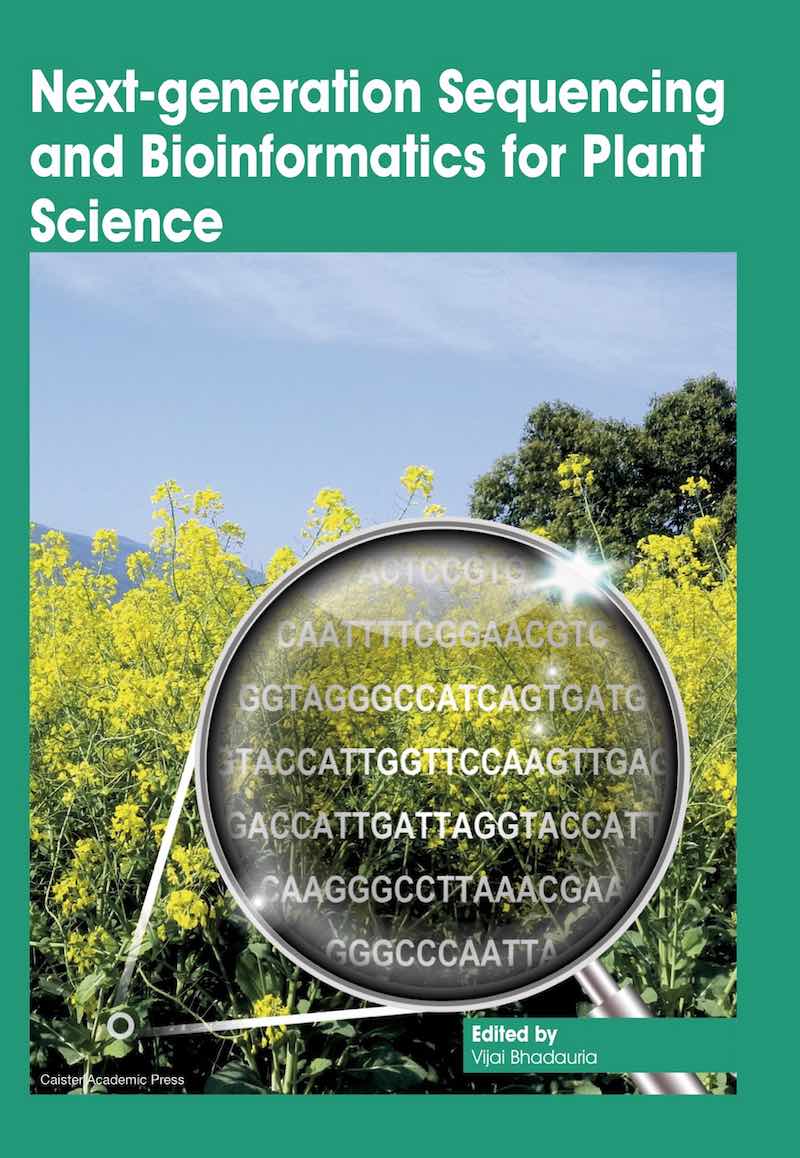Real-Time PCR Design

The Design of a Real-Time PCR Assay
When a qPCR assay is designed, the most important parameters are the amplicon length and the Tm of the primers and probe. The optimal amplicon length should be less than 150 bp, but it is advisable to reduce the length below 80 bp. However, amplicons up to 300 bp amplify efficiently. Shorter amplicons amplify more efficiently than longer ones and are more tolerant to suboptimal reaction conditions. This is because they are more likely to be denatured during the 92-95 °C PCR step, allowing the probes and primers to compete more effectively for binding to their complementary targets. As the extension rate of Taq polymerase is between 30 and 70 bases per second, polymerisation times as short as 5s are sufficient to replicate such amplicon, making amplification of artefacts less likely and reducing the time of the assay. Primers are generally used in the 50-300 nM range. Higher concentrations may promote mispriming and accumulation of non-specific products, and lower concentrations may lead to primer exhaustion, although target copy numbers will have been calculated well before. Non-specific priming can be minimised by selecting primers that have only one or two G/Cs within the 3' last five nucleotides. A relative instability at the 3' ends makes primers less likely to hybridise transiently causing non-specific extension.The Ta of the probe is also a critical parameter. Since amplification primers are extended as soon as they bind to their targets, the hybridisation target sequence is rapidly masked with newly synthesised DNA. Therefore, the Ta of the probes must be significantly greater (approximately 10°C) than that of the primers. The presence of G at the 5' end of the probe is to be avoided, because it slightly quenches the reporter signal, even after probe cleavage. Furthermore, the probe should contain more C' s than G' s; if this is not the case, the antisense probe should be used. The probe should never overlap with, or be complementary to either of the primers. The optimum concentration of fluorogenic probes will vary with the type of probe, as it depends on background fluorescence: quenching of hydrolysis probes is often below 100 %, and thus they produce background fluorescence levels higher than Molecular Beacons and FRET probes.
An additional requirement of the FRET system is that the target sequence should be located towards the 3' end of the amplicon, close to the reverse primer-binding site on the opposite strand. As fluorescence is measured during the annealing phase, this arrangement allows the qPCR device to measure fluorescence before the polymerase displaces the probes. Paired probes used for quantification should have equal Ta, whereas for mutational analysis the Tm of the sensor probe should be lower than that of the anchor probe, thus ensuring that the sensor probe controls the generation of the fluorescent signal.
Rodríguez-Lázaro, D. and Hernández, M. (2013). Introduction to the Real-time PCR In Real-Time PCR in Food Science: Current Technology and Applications. D. Rodriguez-Lazaro, ed. (Norfolk, UK: Caister Academic Press). ISBN: 978-1-908230-15-7.
Further reading
- Real-Time PCR: Advanced Technologies and Applications
- Real-Time PCR in Food Science: Current Technology and Applications
- Quantitative Real-time PCR in Applied Microbiology



